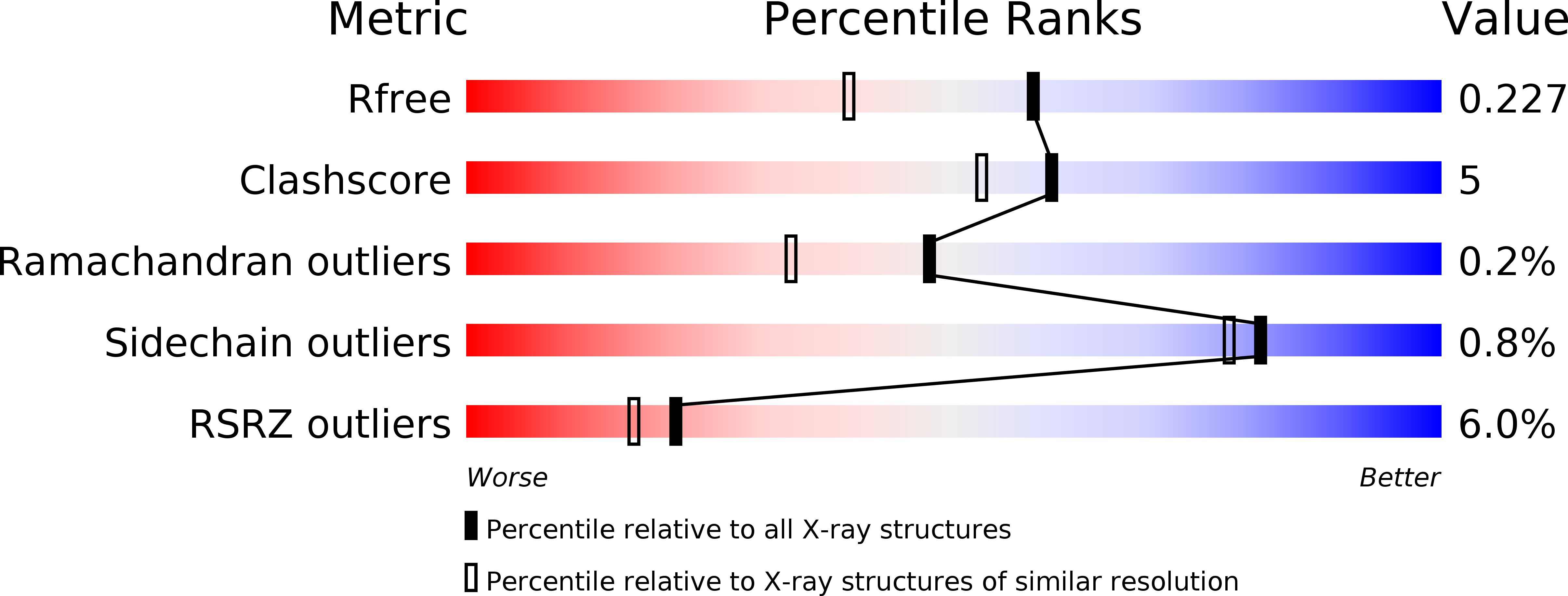
Deposition Date
2014-06-10
Release Date
2015-06-24
Last Version Date
2024-05-08
Entry Detail
PDB ID:
4TPZ
Keywords:
Title:
N-terminal domain of C. Reinhardtii SAS-6 homolog bld12p F145W (NN2)
Biological Source:
Source Organism:
Chlamydomonas reinhardtii (Taxon ID: 3055)
Host Organism:
Method Details:
Experimental Method:
Resolution:
1.80 Å
R-Value Free:
0.22
R-Value Work:
0.19
R-Value Observed:
0.19
Space Group:
P 21 21 21


